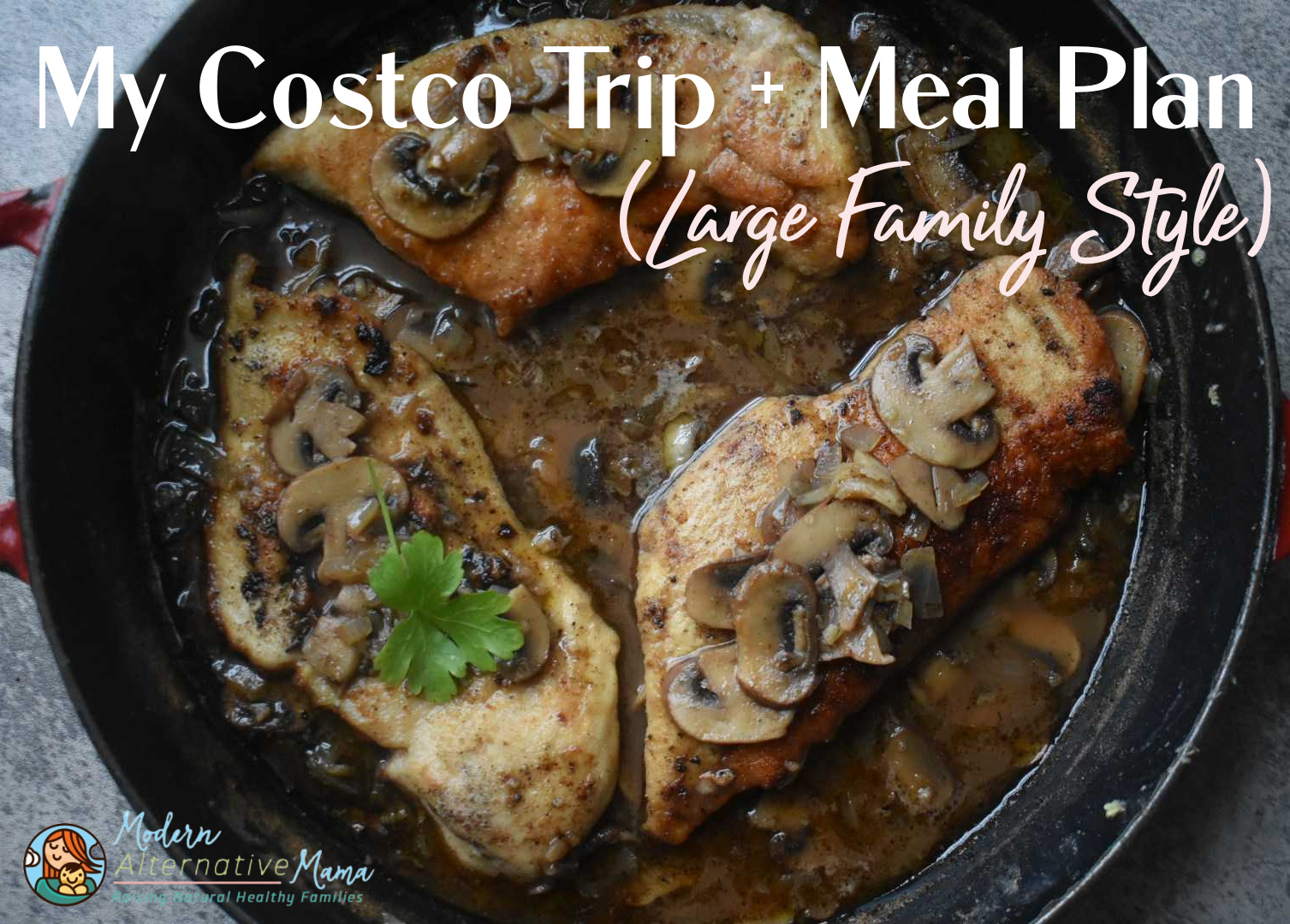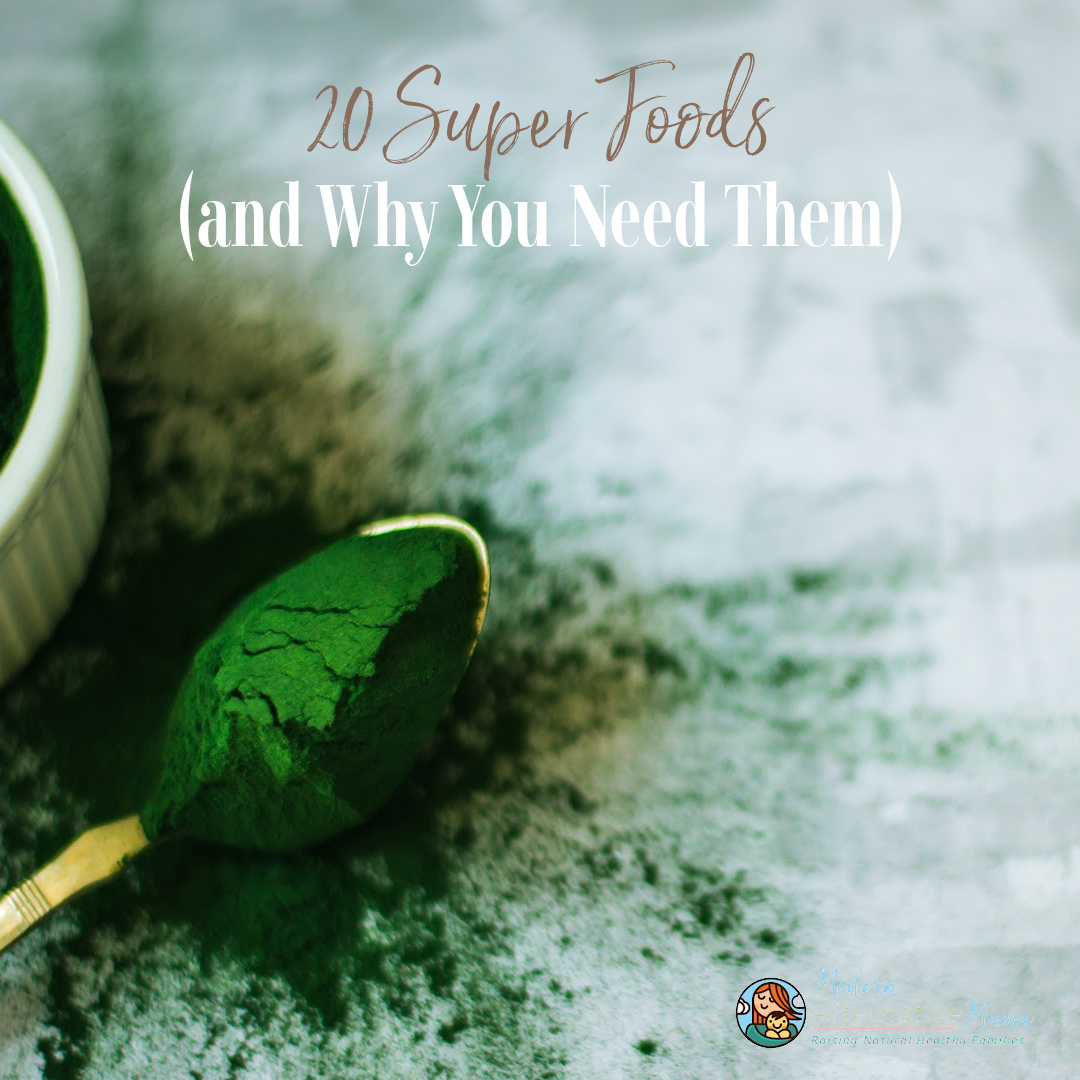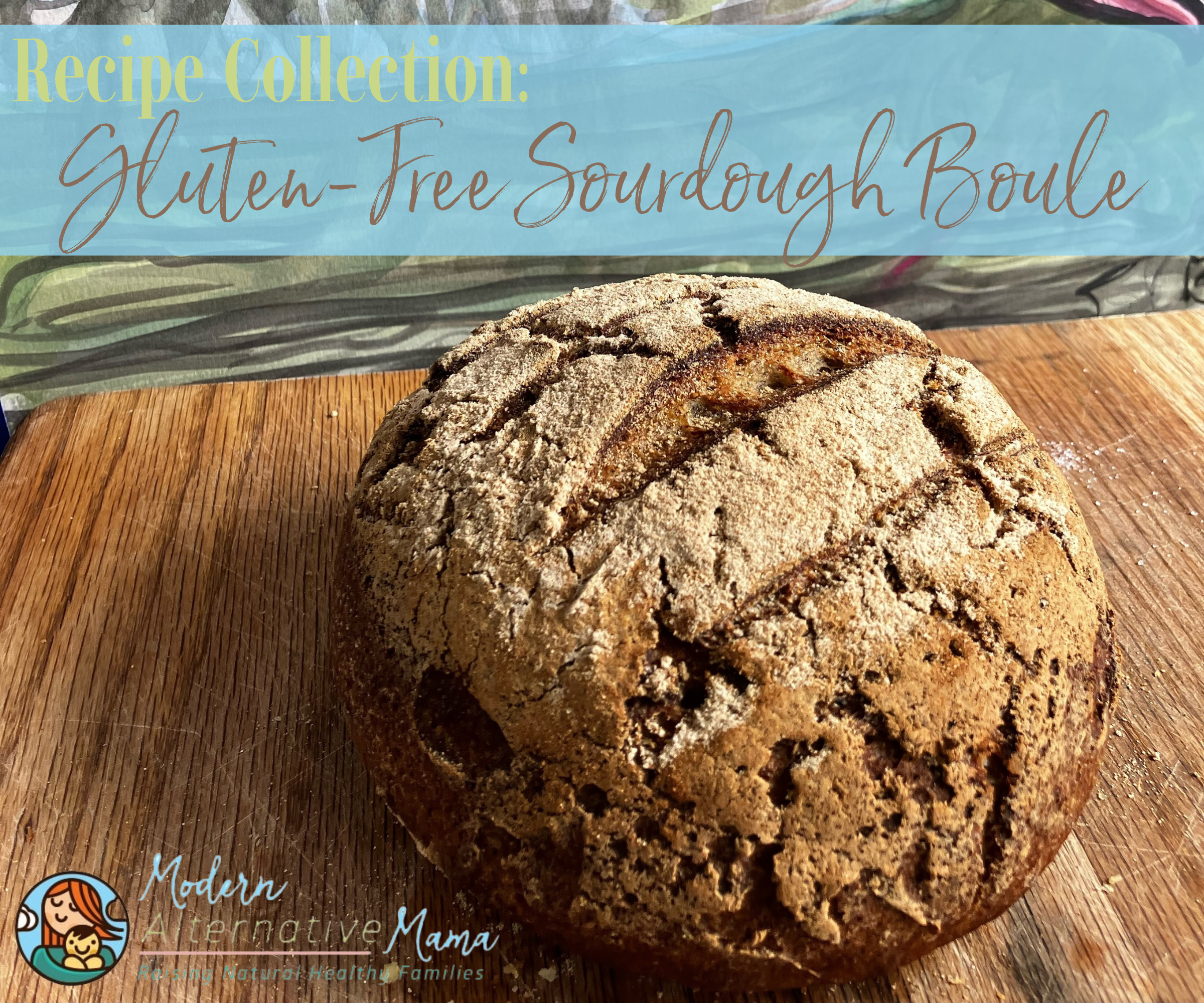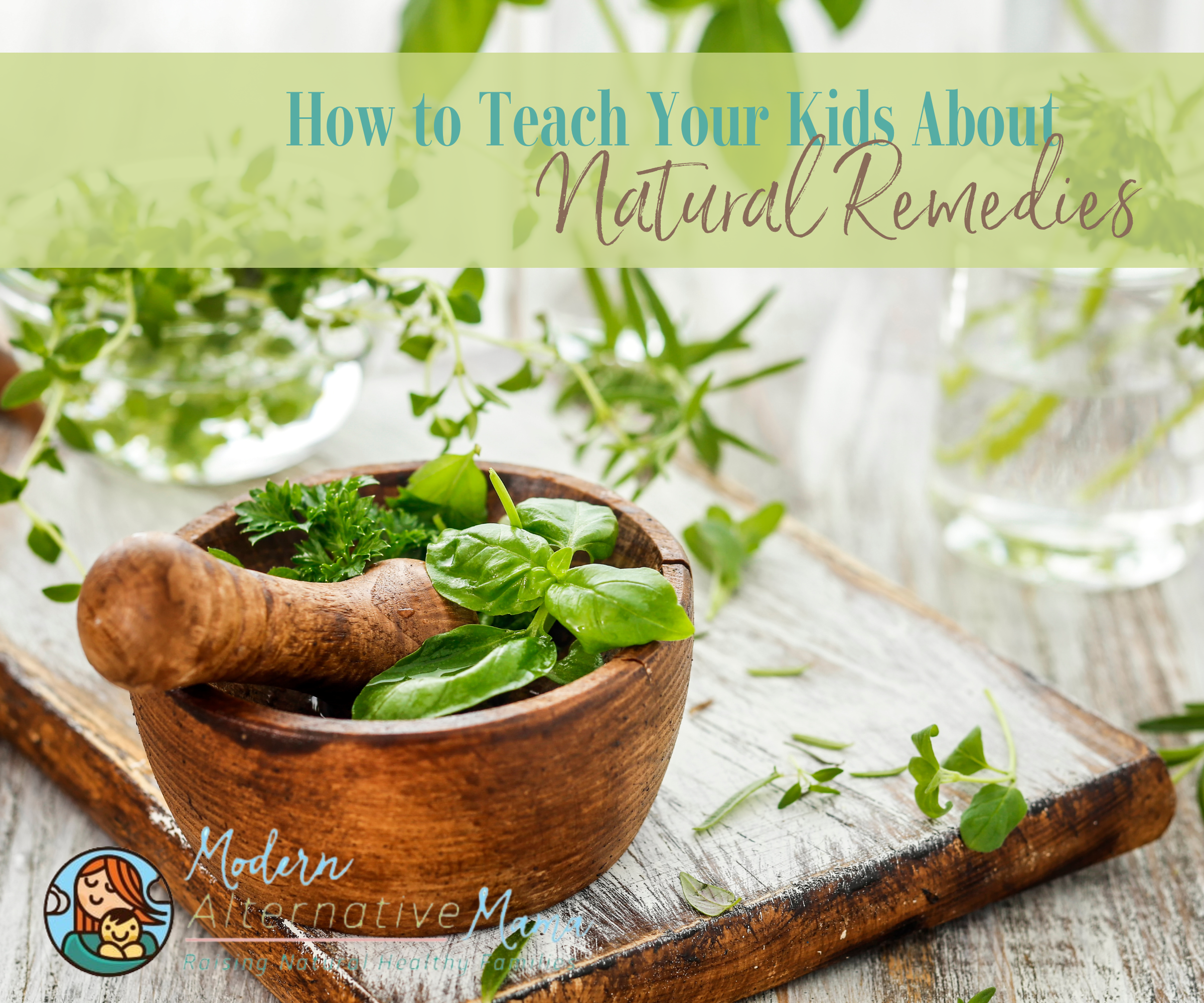Image by RetailMania
By: Jennifer, Contributing Writer
I can’t tell you the last time I set foot inside a real grocery store. Even though we live within easy walking distance of a large Kroger, I can count on one hand (with fingers to spare) the number of times I’ve been there in the five years we’ve lived here. The fact is that there are less than 5 items we eat that I have to walk into a grocery store to purchase.
It wasn’t always this way. About six years ago, when we lived a couple miles from a Marsh grocery store, I was in the habit of going there three or four times a week, as well as running over there many nights after the kids were in bed to pick up a “treat” – a carton of ice cream, a sugary dessert from the bakery, or, if I was really feeling ambitious, a boxed brownie mix. That was back when we were a SAD family; you know – a Standard American Diet family? Back when Pop-Tarts, Cheetos, diet Coke and Breyer’s Ice Cream were kept well-stocked in our house.
Thankfully, we were introduced to a better way of life and gradually began eating more whole foods from better sources. For a while we shopped exclusively at Trader Joe’s and Whole Foods, but even though we felt like we were getting better food, we weren’t really getting REAL FOOD. At the same time, our grocery bills were going through the roof. We felt stuck. We needed to be choosing and eating healthier foods, but we already couldn’t afford the drain on our finances. Worse, even with unlimited funds, it often seemed like we were just buying more expensive, “organic” versions of the same exact things we’d been eating when we didn’t know any better.
An organic pop-tart is still a pop-tart. A grain-fed cow living its whole life on a concrete slab is still an unhealthy animal, whether it’s being fed organic grains or GMO soybeans, ethanol by-products and bakery leftovers.
We wanted REAL FOOD – eggs and meat from chickens that spent their lives outdoors hunting for bugs, meat and milk from cows that ate grass and roamed free, and fruits, vegetables and grains that were grown without chemicals, preferably by real people, not huge corporations. If we couldn’t live in the country, raising and growing all the food ourselves, we wanted the next best thing. Finding it was proving difficult, if not impossible.
The Best E-mail EVER!
In the fall of 2007, an e-mail came through on the local homeschool list. Someone had started up a new food-buying club and was looking for members. The first few lines got my attention:
“The basic premise of the group is that we utilize our group buying power to obtain cheaper prices on natural and organic foods. We also try and utilize as many local farmers and businesses as we can.”
I couldn’t reply fast enough! When I joined, we only had a few “vendors” to buy from, but it allowed me to begin substituting foods from those vendors for the more expensive, less healthy foods I was purchasing at the stores. The buying club grew rapidly, and with it my ability to purchase better, REAL FOOD for less money. Within a year, we had sources for fruits and vegetables, local pastured meats, local grass-fed dairy products, semi-local raw cheeses and fresh butter, cultured foods, even wholesale access to everything you can buy at a Whole Foods or health food store, and then some.
Today, I buy about 98% of our food through the Food Buying Club. We have once-a-week pick-up, and thanks to a friend who is also a member and lives less than a mile away, I only have to pick up every other week because we take turns picking up for each other. The very few items I have been unable to find a good Real Food substitute for are all things we don’t use very often, so they tend to last a while and that means I very rarely go to a real grocery store.
A Food-Buying Club? Don’t you mean “co-op”?
A food-buying club is not a co-op, or food-buying cooperative, although most people use the two terms interchangeably, most likely using the term “co-op” to refer to either one. There are big differences, though, and it’s important to understand them.
Food Cooperatives are businesses that are member owned and member directed. Each member is required to own a share of the cooperative, paying either upfront or yearly fees. The members all receive a percentage of the profits earned based on the purchases and investments they’ve made with the cooperative. Each member gets a vote on all decisions. There is a board of directors. Non-members can shop at cooperatives, but members generally get a cheaper price and a portion of the profits. Cooperatives must comply with extensive legal requirements set by their state. Starting a cooperative is essentially starting a business. Instead of having one or a couple business owners responsible for all start up capitol, a cooperative is a large group of individuals all splitting the startup costs and they all share equally in the success or failure of the venture. Wholesale prices are not passed onto the customer because the intent is for the cooperative to make a profit. Overall though, the goal of cooperatives is to offer a very competitive price in the retail market place.
A Food Buying Club is a group of people who pool their time, resources and buying power to save money on high quality, healthful foods. Members share the work and expenses involved in obtaining and distributing the food to the group. Each member contributes to the club by doing a portion of the work, and shares their knowledge and skills with the rest of the group. The work is divided as equally as possible between the members; time and effort are traded for lower prices. An added bonus is the opportunity to develop long-term relationships with like-minded people.
Both options allow access to the wholesale market by meeting the bulk-order requirements needed to receive wholesale pricing. A cooperative does not pass the wholesale prices on, as the goal of a co-op is to make a profit for the members. A food-buying club does pass on the wholesale prices to its members, though most add a small fixed-percentage fee to every purchase to cover the club’s expenses.
Starting your own Food-Buying Club
Let me be blunt: I’m SO VERY THANKFUL that I was able to join a food-buying club, and did not have to start one. Our coordinator is well-organized, and devotes above and way beyond her fair share of time and effort to making sure our club runs smoothly. However, there’s always the possibility that we might have to move someday, and if that day comes I want to be fully prepared to start a similar club wherever we end up. So I’ve been taking notes and paying attention. I wanted to share a few of these thoughts with you, for those who don’t have access to and are considering starting your own food-buying club.
The top 5 things to consider when starting your own food-buying club:
- · Start small. You don’t have to start your club by immediately being able to offer every product single found in a grocery store. You don’t need to start 50 members. Start with a few people you know who have similar food preferences and find a few local farmers interested in selling at bulk prices. Starting a food buying club can be as simple as finding a local product that’s cheaper in bulk (say, a whole cow that sells for $3.25/lb) and enough people interested in splitting it to purchase at the bulk price. If needed, add a small 1-2% mark-up to cover any expenses involved in the purchase – for instance, gas money for the person who picks the product up and delivers it to a central location. If that works well, begin looking for other opportunities that would also be of interest to the same group of people.
- · Cover your bases. Read, read, read. Articles about starting, maintaining and running a food buying club can be found online, in magazines and in books. Don’t grow your club until you’ve done your homework. I’ve included several great articles at the end of this post to help get you started.
- · Cover your bases, part 2. One thing our club doesn’t require (but in my opinion, should), is for every member to join the Farm-To-Consumer Legal Defense Fund. This organization is fighting tirelessly to protect our rights to purchase and eat REAL FOOD. The FDA is working tirelessly to shut down the small farms we want to purchase from and organizations like food-buying clubs. The FDA had even gone so far as to claim that people living in the United States don’t have the right to choose what they eat. It only makes sense to join forces with the group trying to protect us.
- · Find like-minded people. Some of the recent raids on farms, dairies and even the buying clubs and co-ops themselves have come after undercover FDA agents joined food-buying clubs or cooperatives pretending to be interested members. That’s why it’s very important to be sure that any new members are well-vetted and well-known to other members.
- · Find like-minded people, part 2. When our club was just getting off the ground, the coordinator was looking for people to join, take advantage of what was offered and fill the jobs. Unfortunately, this led to a huge turnover on a regular basis. Many people joined the club without knowing what the purpose was, realizing the commitment involved, or needing the benefits. Today, to get into the club you must have been referred by a current member who knows you well, fill out a two-page application and generally prove that you’re not just interested, but whole-heartedly committed. This minimizes turnover and keeps the club running smoothly.
That’s just a small set of ideas to help you get started. Building your own local food-buying club takes initiative, hard work and dedication. The rewards are rich, though. Not only can you leave behind the frustrations and expense of trying to find REAL FOOD in your local grocery stores, but you also gain a wealth of knowledge and great friendships through the relationships that build over time.
Check out the following links for more information:
Building a Local Food Buying Club
How to start a cooperative Food Buying Club
What about you? Are you a member of a cooperative or a food-buying club? Are you considering starting or joining one? Share your experiences and questions in the comments section.
Jennifer Matlock started writing before she actually knew how, pestering friends and family members to write down the stories she wanted to tell and ideas she wanted to document. She’s been doing it on her own for over 30 years now, and currently writes about life, marriage, parenting, Christianity, homeschooling, Real Food, politics, having a temper tantrum in Target and more at Love Will Be Our Home. Jennifer married Andrew in 1995, and is a full-time stay-at-home(schooling)-mom to Ryan (14), Aaron (11), Kaitlyn (7) and Megan (5).






Hi Jennifer!
I really enjoyed this post. I was interested to find that we live really close to each other when I read your profile. I am doing the whole Trader Joe's thing right now in an attempt to 'real' up our food. I just ordered 1/2 of a grass-fed cow that will be ready in the fall and we always put out a garden. But, I was wondering if you could clue me in on some other local places to get real food besides TJ's/Whole Foods. Any help would be appreciated.
Thanks,
Pam
Hi Pam. I have a few recommendations for you.
First, a few places that require a little driving:
Trader's Point Creamery is a great place to start. They offer quite a few grass-fed dairy products, as well as grass-fed beef. It's been a few years since I've been to their on-farm store, but the prices then were better than you pay for the same products at Whole Foods or other area stores.
There's also Apple Family Farm in McCordsville with their own beef, chicken, eggs and (during the summer) produce. They also carry products from some other local/semi-local farms. Apple Family Farm was a great "in between" option during our transition from grocery stores to the food-buying club.
I haven't been down there yet, but I've heard amazing things about Goose the Market I'm planning to stop by after my next Children's Museum visit, just to see what all the fuss is about.
Cleansing Waters (just south of I-69/465 off Binford Blvd) offers a CSA pickup, low-priced supplements, oils and local fermented foods. They're very nice, and have always let me shop without trying to push stuff on me.
If you'd rather stay home, check out Peapod for delivery of all sorts of groceries, including natural and organic produce (though rarely sourced locally). Close to home a CSA (though perhaps your garden furnishes enough produce?)
My other recommendation would be to visit several area farmer's markets. Not only can you get good deals on local produce, but it's a chance to develop relationships with the local farmers and make connections that can get you additional access to other products – everything from honey & maple syrup to meat, eggs, dairy and artisan foods. A few good ones: Binford Farmers Market Fisher's Farmers Market and Noblesville Farmers Market. I've also heard good things about the Trader's Point Green Market, but never had the chance to go.
I hope that helps you with some new ideas for going beyond TJs and Whole Foods. 🙂
I really enjoyed reading your article above. Your advice couldn't have come at a better time – my friends and I have been talking for a while now about starting our own food-buying group but only actually got the whole thing kick-started 2 weeks ago with a facebook group and some designation of specific roles! We are still very much at the beginning of our journey so your advice was very relevant, especially the bit about application forms to ensure committment. Thank you.
What a great post, Jennifer! I am so thankful for what we have, and it's hard to believe that we're going on 4 years (I also like the fact that, like you, I'm one of the founding members…our tiny little group of 8 that drove an hour and a half every week!). I hope this article encourages others to explore their local options.
http://dowelleatwellbewell.blogspot.com/
Did you know that a Retail Food Co-op, the business you are describing above as Food Cooperatives, is just one form of food co-ops? That is a retail store, and the requirements you mention relate to the STORE, not the cooperative business model.
Indeed a large number of food buying clubs ARE cooperatives – member-owned and member-run. Some are incorporated at cooperatives in their state, if available. Some are not.
The cooperative business model is not a store. It is just another way almost any type of business can be organized, led, and owned. It keeps decisions local and democratic.
Food Co-op Initiative
http://www.fci.coop
I am part of an environmental justice action group at our Unitarian Universalist Fellowship. It is our desire to partner with the disadvantaged members in our community to improve their access to better quality and more affordable food while at the same time strengthening diversity relationships. We are in the process of starting a community garden on the church property and would like to explore the possibility of increasing the selection of items by adding a food buying club. I guess this situation is a little different from just already interested parties forming a group, as we want to pull in participants not ordinarily oriented to quality foods and might initially be distrustful of our motives.
I would be interested in hearing from those who might have experiences under similar conditions